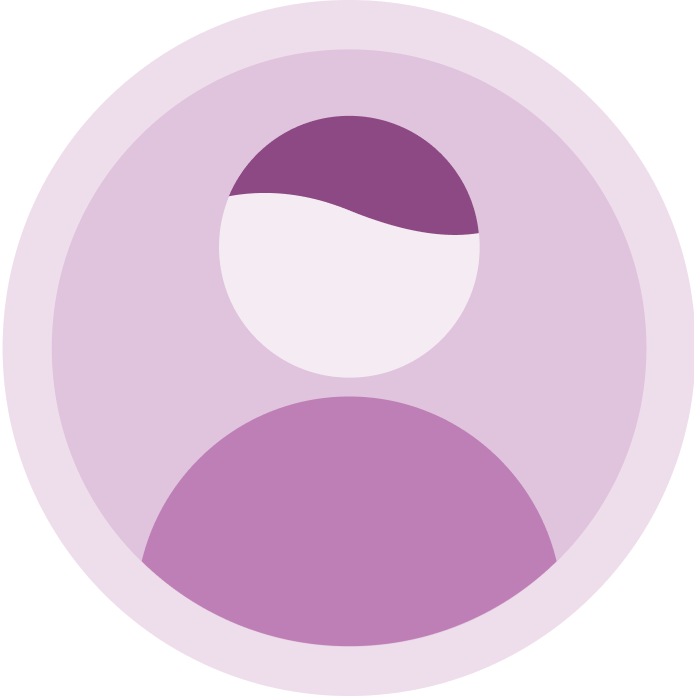From a newsletter of the International League for Epilepsy (ILAE)
Overview
A seizure is a sudden, uncontrolled burst of electrical activity in the brain. It can cause changes in behavior, movements, emotions, and levels of consciousness. Epilepsy is diagnosed when two or more seizures occur at least 24 hours apart, with no known cause. There are many types of seizures, varying in symptoms and severity. Seizure types also differ based on where the electrical activity originates in the brain and how far it spreads. Most seizures last from 30 seconds to two minutes. A seizure lasting longer than five minutes is a medical emergency.
Seizures can occur after a stroke or head injury. They can also be caused by an infection such as meningitis or another illness. However, often the cause is unknown.
Most seizures can be controlled with medication. However, seizure treatments can affect your daily life. You can work with your healthcare provider to balance seizure control with the side effects of medication.
Symptoms
Symptoms vary depending on the type of seizure. Their severity can range from mild to severe. Symptoms of epileptic seizures include:
Temporary confusion.
Staring blankly.
Uncontrollable jerking of the arms and legs.
Loss of consciousness or awareness.
Cognitive or psychological changes. This may include fear, anxiety, or the feeling that you have already experienced this moment, known as déjà vu.
In most cases, a person with epilepsy experiences the same type of seizure each time; therefore, the symptoms of the seizure are usually similar each time.
Warning signs of epileptic seizures
Some people with focal seizures experience warning signs in the moments before a seizure. These warning signs are known as an aura.
Warning signs may include a feeling in the stomach, or feelings such as fear. Some people may experience a hallucination. The aura may be a taste or smell. It may also be something visual, such as a steady or flashing light, a color, or a shape. Some people may feel dizzy and lose their balance. Some may see things that are not there, which is known as a hallucination.
Types of epileptic seizures
A classification system is used to distinguish between different types of epileptic seizures. Doctors generally classify epileptic seizures as focal or generalized, depending on the nature and location of the brain activity causing the seizure. If doctors cannot determine how the seizures began, they may classify them as idiopathic.
When epileptic seizures are caused by activity in only one area of the brain, they are called focal seizures.
Seizures that appear to affect all parts of the brain are known as generalized seizures.
Focal Seizures
Focal seizures are caused by electrical activity in a specific area of the brain. This type of seizure can occur with or without loss of consciousness:
- Focal Seizures with Impaired Consciousness
These seizures involve a change or loss of consciousness or awareness that makes you feel like you are in a dream. People who experience these types of seizures may appear awake, but they stare blankly and do not respond to their surroundings. They may also engage in repetitive movements such as hand rubbing, mouth movements, repeating certain words, or walking in circles. They may not remember the seizure or even realize it happened.
Focal seizures without impaired consciousness
These seizures may cause changes in emotions. They may also result in changes in the appearance, smell, texture, taste, or sound of things. However, they do not cause loss of consciousness. During these types of seizures, a person may suddenly feel angry, happy, or sad. Some people may become nauseous or experience unusual feelings that are difficult to describe. These seizures may also cause difficulty speaking and involuntary jerks in a part of the body, such as an arm or leg. It may also cause sudden sensory symptoms, such as tingling, dizziness, and seeing flashing lights.
The symptoms of focal seizures can be confused with other conditions affecting the brain or nervous system, such as migraines, narcolepsy, or mental illness.
Generalized Seizures
Seizures that appear to involve the entire brain from the moment they begin are known as generalized seizures. Different types of generalized seizures include:
Absence Seizures
Formerly known as petit mal seizures, absence seizures often affect children. They typically cause the person to stare blankly or make simple bodily movements, such as blinking or licking their lips. They usually last five to ten seconds and may occur hundreds of times a day. They may occur in clusters and can cause brief loss of consciousness.
Tonic seizures.
Tonic seizures cause muscle stiffness. These seizures usually affect the muscles of the back, arms, and legs. People who have these seizures may lose consciousness and fall to the ground.
Atonic seizures.
Atonic seizures, also known as fall seizures, cause loss of muscle control. People experiencing this type of seizure may suddenly fall to the ground or have their heads drop.
Myoclonic seizures.
Myoclonic seizures are characterized by repetitive jerking muscle movements. These seizures typically affect the neck, face, and arms on both sides of the body.
Clonic seizures.
Clonic seizures usually appear as jerks or spasms in the arms and legs. The person usually does not lose consciousness during this time.
Tonic-clonic seizures
Formerly known as grand mal seizures, these are the most severe type of seizure. They can cause a sudden loss of consciousness, stiffness, and jerking. They can sometimes cause loss of bladder control or tongue biting. They may last for several minutes. Tonic-clonic seizures may also begin as focal seizures that then spread to involve most or all parts of the brain.
Reasons
Nerve cells in the brain—called neurons—generate, send, and receive electrical impulses. This allows communication between cells. Anything that disrupts these communication pathways can lead to a seizure. Genetic changes can cause some types of seizures.
Epilepsy is the most common cause of seizures. However, not everyone who experiences seizures has epilepsy. Seizures may be caused or triggered by:
A high fever. In this case, the seizure is known as a febrile seizure.
A brain infection. This may include meningitis or encephalitis.
Severe general illness, such as a severe COVID-19 infection.
Lack of sleep.
Low blood sodium levels. This can occur when taking diuretics.
Use of certain medications for pain relief, depression, or to help people quit smoking. These medications can make seizures more likely.
Recent brain injury, such as a head injury. This can cause bleeding in an area of the brain or a new stroke.
Use of legal or illegal drugs that may be sold on the streets, such as amphetamines or cocaine.
Alcohol addiction, including periods of withdrawal or severe intoxication.
Follow these steps if your child experiences a seizure.
- Stay calm
- Place your child on the floor to prevent falls
- Remove any furniture or sharp objects from the area around your child
- Protect your child’s head
- Loosen any tight clothing or garments around the neck Your child
Place your child on their side. If your child vomits, this position will help keep their airway clear.
Stay with your child until the seizure is over.
Do not try to restrain or hold your child still; this will not stop the seizure.
Do not put anything in your child’s mouth during the seizure.
Emergency services should be called in the following cases
- The seizure lasts for more than 5 minutes
- The seizure causes any breathing problems or changes in your child’s color
- Your child is choking on secretions (such as blood, vomit, or other substances)
- Your child sustains a head injury during the seizure
- Your child experiences two consecutive seizures Without a long interval between them
Your child does not wake up after the seizure
Your child feels very confused after the seizure
Your child suffers from a headache, stiff neck, or a rash after the seizure








